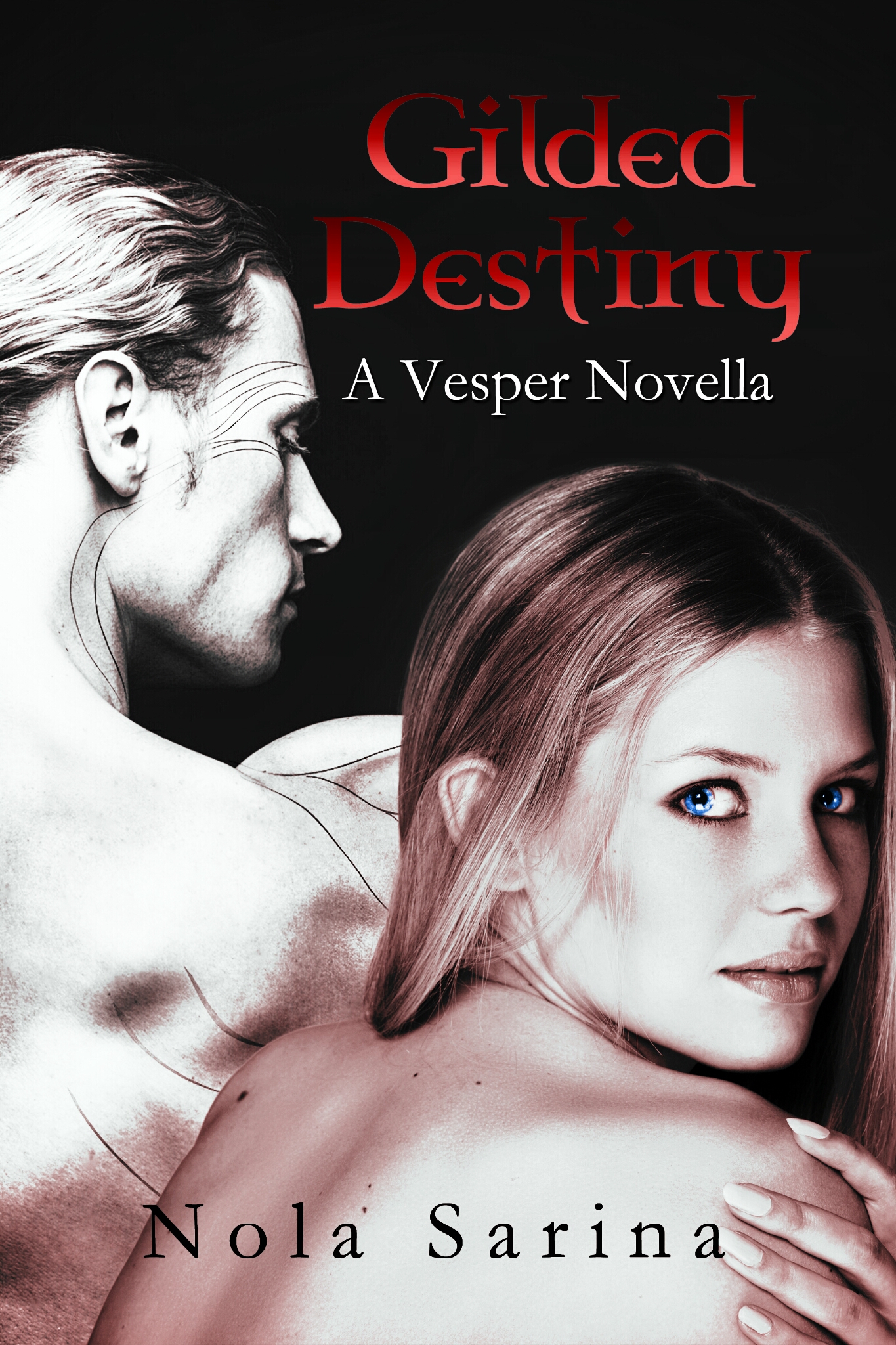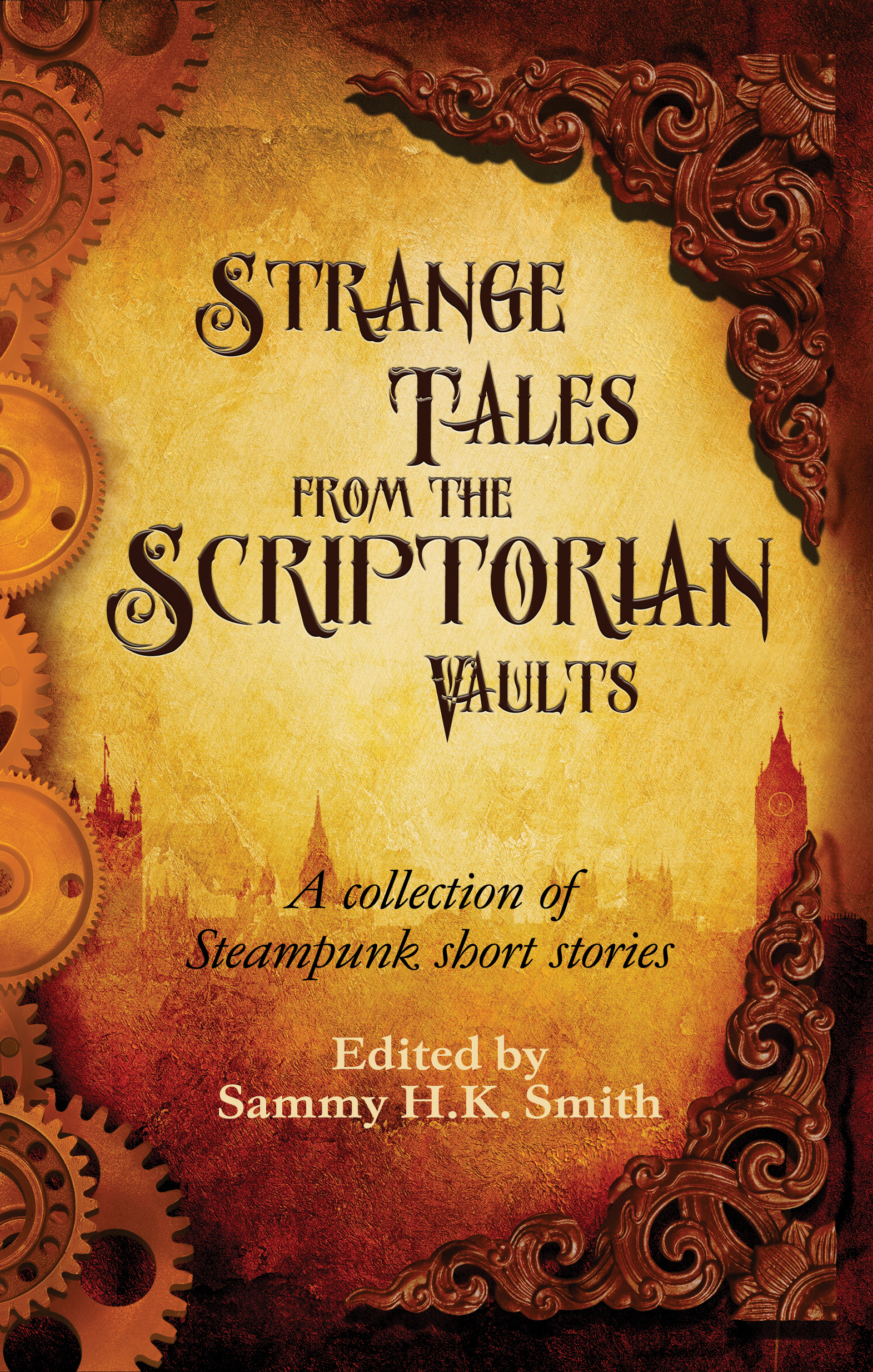I’m a bit late out of the gate with getting started watching NBC’s Grimm, but I have the whole first season lined up and ready to watch, and I’ve just finished watching the pilot episode. I have to admit, I was a little skeptical about a television show that turned my beloved fairy tales into a police procedural, but I have to admit I’m intrigued. After all, you could say police procedural dramas serve a similar purpose in our modern society to the role fairy tales and folk tales played in the lives of our ancestors: they serve to entertain, but they are also precautionary tales warning us of those who would do us harm, by showing us what happens to the unwary wanderer.
It looks like each episode of Grimm is going to be based on one of the tales collected and written by The Brothers Grimm (translated from the German Grimms’ Kinder und Hausmarchen or Grimms’ Children’s and Household Tales). And why not? Even if they went straight down the list, they’d have enough source material for at least three seasons. But then, there is really only a handful of these stories that most people would recognize – we all know about The Frog Prince, Sleeping Beauty (which the Grimms called Briar Rose), Rumpelstiltskin and Little Red Riding Hood, but how many of us could retell the tale of The Mouse, The Bird and The Sausage? Or Fundevogel? It does make you wonder why some tales have become more famous than others.
But I digress… Let’s talk about the pilot episode of Grimm. It was loosely based on the story of Little Red Riding Hood (or Little Red-Cap), but in this version of the story, the wolf is portrayed as a part-human, part-wolf who is apparently attracted to red hoodies, kidnapping young girls who wear them with the intent of devouring them. There was no dressing up in Grandma’s clothes, no familiar cry of “All the better to [see/hear/eat] you with, my dear” – all in all, there was little else about the episode that really links it with the original story of Little Red Riding Hood. For a while I thought maybe the character of Aunt Marie would be something of a stand-in for Red’s grandmother, but it seems she is part of the bigger story arc and has no direct relation to the Red Riding Hood story. It’s really the wolf who brings the two stories together.
So let’s talk about him. The Big Bad Wolf. He’s not really known as Big Bad in Grimms’ stories, he’s just referred to as “the wolf” – in fact, it was most likely Walt Disney and Frank Churchill who invented the name that has come to be used for all evil wolves in fairy tales, in the 1933 animation of The Three Little Pigs. But, call him what you will, this archetypal furry bad guy appears in many other folk stories: he is also the villain in a similar Grimm tale called The Wolf and the Seven Little Kids, in which a mother goat must go out and leave her seven kids at home, warning them not to open the door to anyone but her. She tells them they will know the Big Bad Wolf by his rough voice and black paws, but he tricks the kids by eating chalk to soften his voice, and by having a baker cover his paws in dough and flour so that when he puts his paws up to the window and calls to the kids in a soft voice, they let him in and he devours them.













